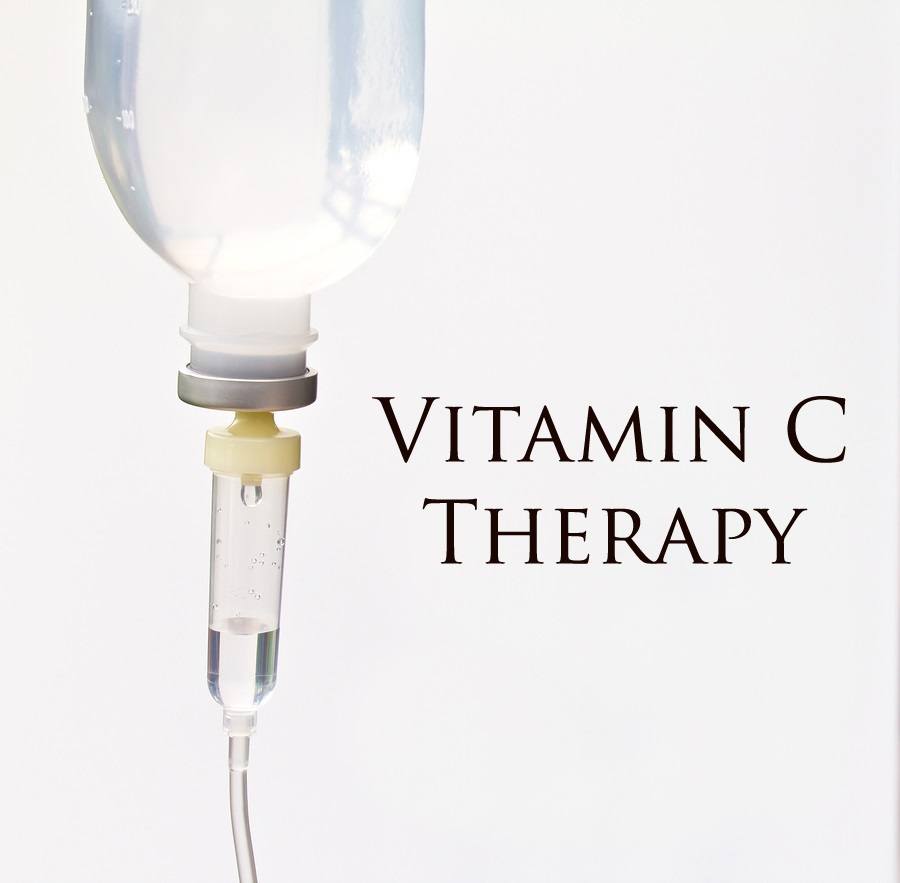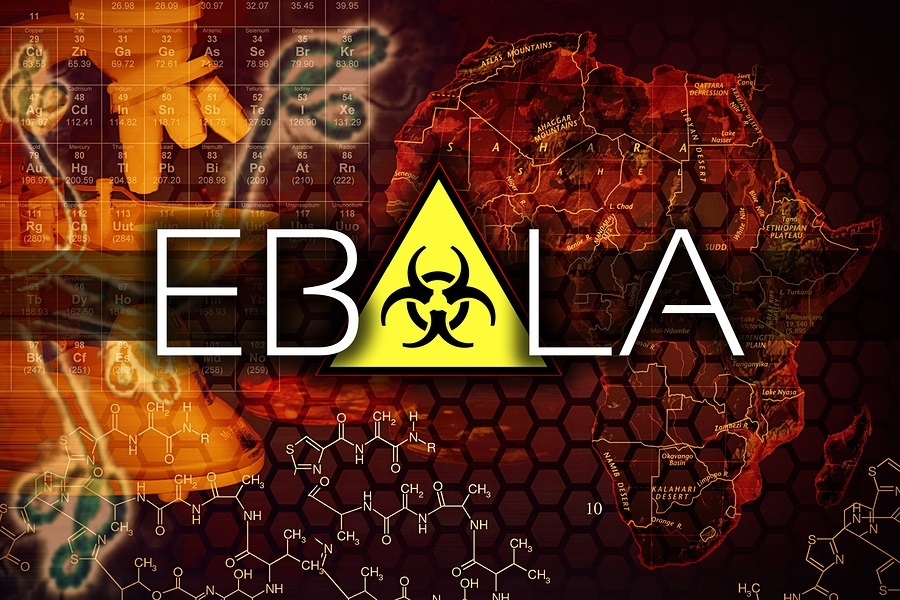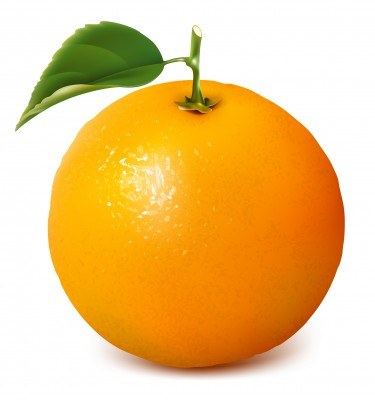What Can You Do to Prevent/Treat Ebola and Other Viral Infections
With the Ebola virus in the news, I thought it might be time to comment on what steps you can take to prevent becoming ill. Keep in mind that conventional medicine has no effective treatments for the Ebola virus. Due to a slow international response, Ebola has spread rapidly. It is a scary infection as the death rate is very high—from 50-90%. Initially, the Ebola infection can mimic the symptoms from the flu or other upper respiratory infection. However, as it progresses, it can lead to very severe muscle aches, liver and kidney failure along with bleeding out of various areas of the body. Needless to say, Ebola is something to be taken very seriously. As I previously stated, there is no conventional treatment for the Ebola virus. That does not mean that you are powerless to do anything to combat it. There are many effective natural anti-viral therapies that may prove effective against Ebola. It would be nice if the Powers-That-Be would begin testing these therapies. But, that would make common sense. Instead the Powers-That-Be are actively discouraging the use of alternative therapies even though they have nothing to offer. It is a sad situation. Keep in mind that Ebola, like any viral infection, can only be cured by a strong immune system. We are designed with a powerful immune system that should mount a response to an infectious agent. However, the immune system can only mount a vigorous defense if it has the raw materials available to it. For over 20 years, I have been checking every patient for their nutrient status. Unfortunately, most are deficient in the basic raw materials that the immune system needs to function optimally. I say, if you become ill with a viral illness, do the basics to help optimize your immune system. I will show you the four most important items you can use to aid your immune system to fight any illness.













